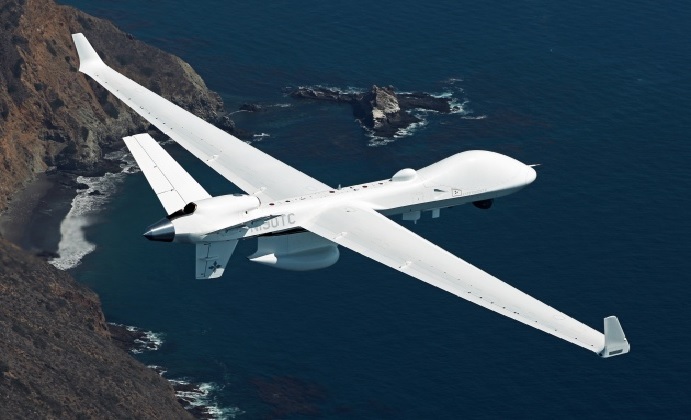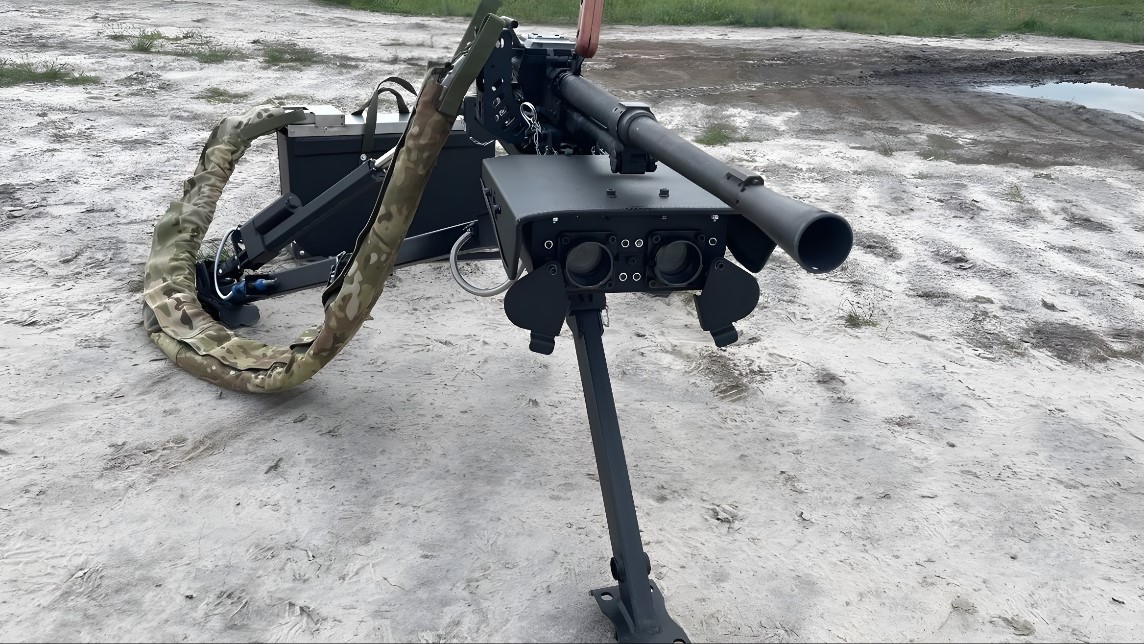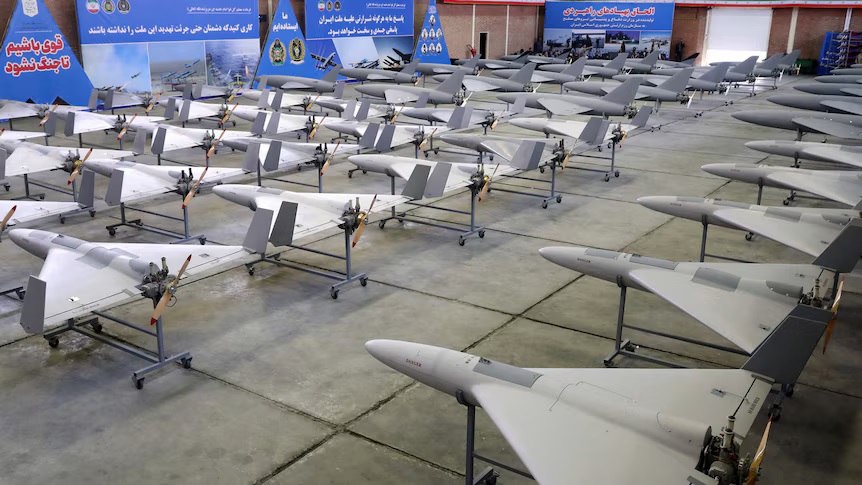General Atomics Tests Sonobuoy Dispensing System (Anti-Submarine Warfare) on MQ-9B Drone

Defense News ,U.S :- The Sonobuoy Dispensing System (SDS) trial by General Atomics Aeronautical Systems, conducted using the MQ-9B SeaGuardian unmanned aerial system, marks a significant advancement in Anti-Submarine Warfare (ASW) capabilities.
Throughout the trial flight, a series of eight AN/SSQ-53 and two AN/SSQ-62 sonobuoys, which are designed to identify underwater threats, were released from the drone’s pod utilizing an Aerea advanced pneumatic ejection system. These sonobuoys were then closely monitored by the onboard Sonobuoy Monitoring and Control System.
The MQ-9B SeaGuardian possesses the capacity to carry up to four SDS pods on its four wing stations. Each of these pods is capable of accommodating either ten A-size sonobuoys or up to twenty G-size sonobuoys, depending on the specific mission requirements.
The Sonobuoy Monitoring and Control System plays a pivotal role in the process. It receives and interprets the acoustic signatures transmitted by the sonobuoys, subsequently generating target tracks. Furthermore, it calculates crucial information such as speed, course, and depth, all of which are displayed on an integrated intelligence station.
David R. Alexander, President of GA-ASI, expressed satisfaction with the results, deeming the demonstration a success. He emphasized the importance of the SDS in enhancing the Anti-Submarine Warfare capabilities of their systems.
What is Sonobuoy Dispensing System in UAV ?
A Sonobuoy Dispensing System (SDS) integrated into an Unmanned Aerial Vehicle (UAV) plays a crucial role in Anti-Submarine Warfare (ASW) operations. It enables the UAV to transport and deploy sonobuoys, which are electronic devices designed to detect and track submarines underwater.
Here’s a detail of its functionality:
Capacity: The SDS typically consists of external pods mounted on the wings of the UAV. These pods have varying capacities depending on their size and design. They can accommodate different numbers of sonobuoys, with common configurations allowing for the deployment of either 10 A-size or 20 G-size sonobuoys per pod.
Deployment Mechanism: The system utilizes compressed air to launch the sonobuoys into the water swiftly and efficiently.
Sonobuoy Types: Various types of sonobuoys serve different purposes. Some are designed to detect sound waves (acoustic), while others measure environmental factors such as water temperature (bathythermograph), providing valuable data for ASW operations.
Benefits of UAV-based ASW with Sonobuoy Dispensing System:
Persistent Monitoring: UAVs can remain airborne for extended periods, allowing for continuous surveillance of large maritime areas to detect submarine activity promptly.
Risk Reduction: As UAVs are unmanned, they eliminate the risk associated with deploying manned aircraft over potentially hazardous waters, ensuring the safety of personnel.
Cost-Effectiveness: Compared to manned patrols, UAV missions are generally more economical, making them a cost-effective solution for ASW operations.
The integration of the Sonobuoy Dispensing System equips UAVs with enhanced ASW capabilities, expanding their role in ensuring maritime security and safeguarding against underwater threats.


